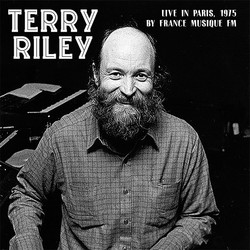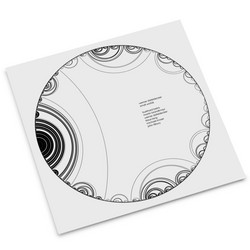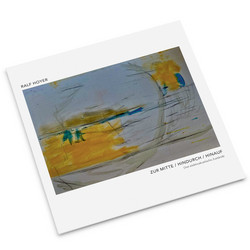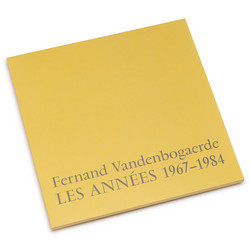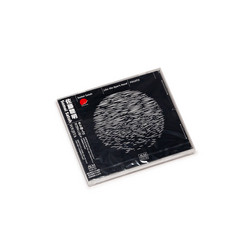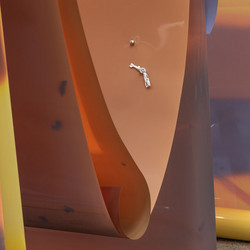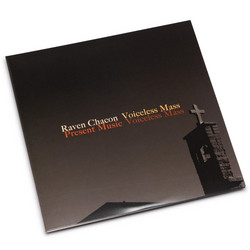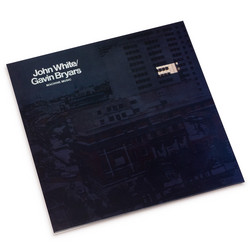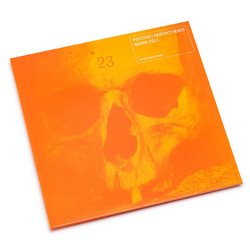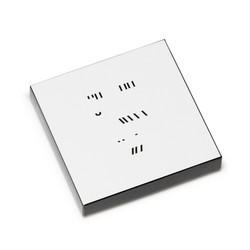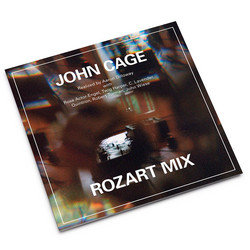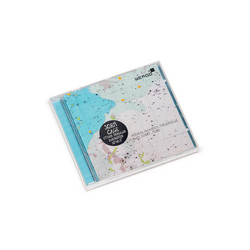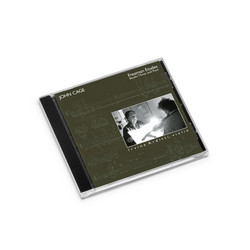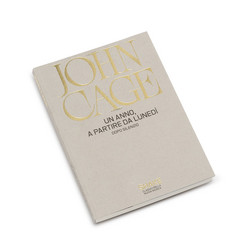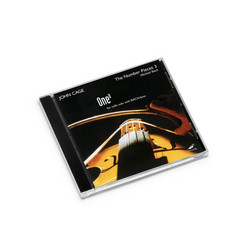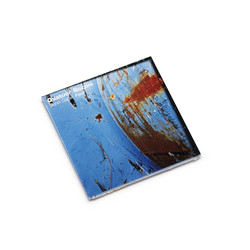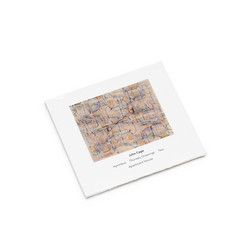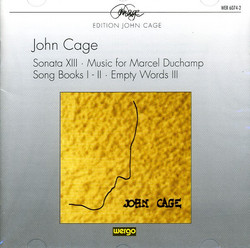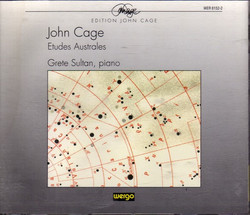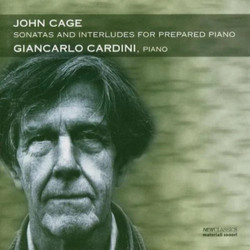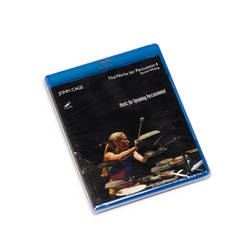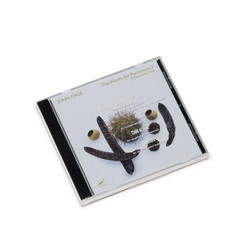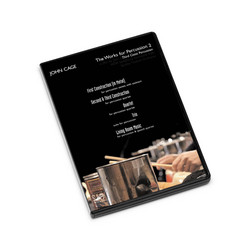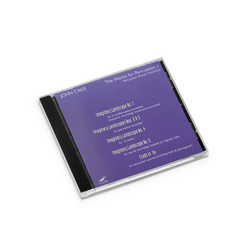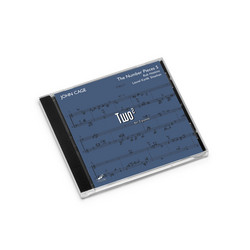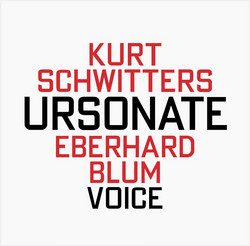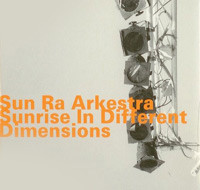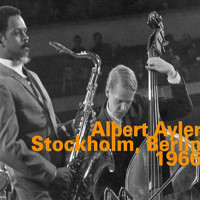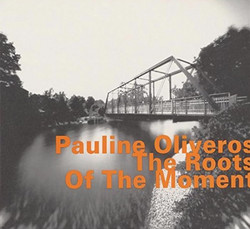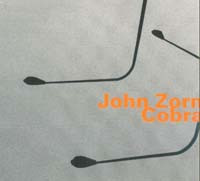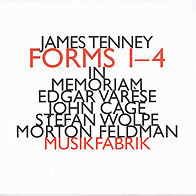John Cage
Imaginary Landscapes
Improvising guitarist Derek Bailey has expressed the belief that «If you’re going to explore uncharted territory, it’s okay to carry a compass, but not a map.» It’s obvious; if you know where you’re going and have plotted the most efficient or scenic course to get there, you may arrive without mishap but deprived of much of the drama, the danger, the unpredictable uniqueness of the journey. In the years following 1950, John Cage walked these paths of musical uncertainty, providing performers with a sense of direction but without indicating a final goal or
specifying the sights one would encounter along the way. By attempting to emulate Nature in its own manner of operation, Cage sought to erase what he felt were the artificial boundaries of conventional form, escape the clichés of familiarity, and make each musical experience a discovery of detail and destination – for himself, the performer, and listener alike.
specifying the sights one would encounter along the way. By attempting to emulate Nature in its own manner of operation, Cage sought to erase what he felt were the artificial boundaries of conventional form, escape the clichés of familiarity, and make each musical experience a discovery of detail and destination – for himself, the performer, and listener alike.
Details
Cat. number: hat(now)ART 145
Year: 2008

